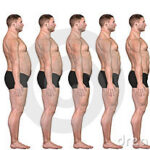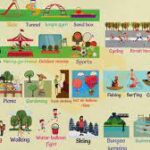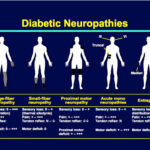Physical activity in any form is an integral part of maintaining one`s lifestyle. It is a fact well known, but not well followed by all. There are multiple barriers to get moving- it may be the lack of time (the commonest), the climate, a busy day at work, the unwillingness to change to a suitable attire, the associated sweating and itching , for some the fear of being ridiculed by others, lack of a safe environment or lack of adequate lighting at night or during the wee hours of the morning.
Exercising does not have to be any form of competitive sports. It can be in any form that can be done for the pure pleasure and enjoyment which can come from the environment, friendship or camaraderie. It is important to find ones niche. Besides getting a feeling of elation or mood elevation, it also helps to strengthen muscles, bones and joints, improve blood flow, improves digestion, memory, flexibility, balance, improves bowel movements and also helps in getting a good sleep. It has even helped in improving or delaying the onset of complications and helps improve endurance of the heart, reduce weight and also a stress buster.
Children must incorporate at least an hour of physical activity a day in the form of contact sports or team sports as it helps them build up their character, cooperation with other team mates.
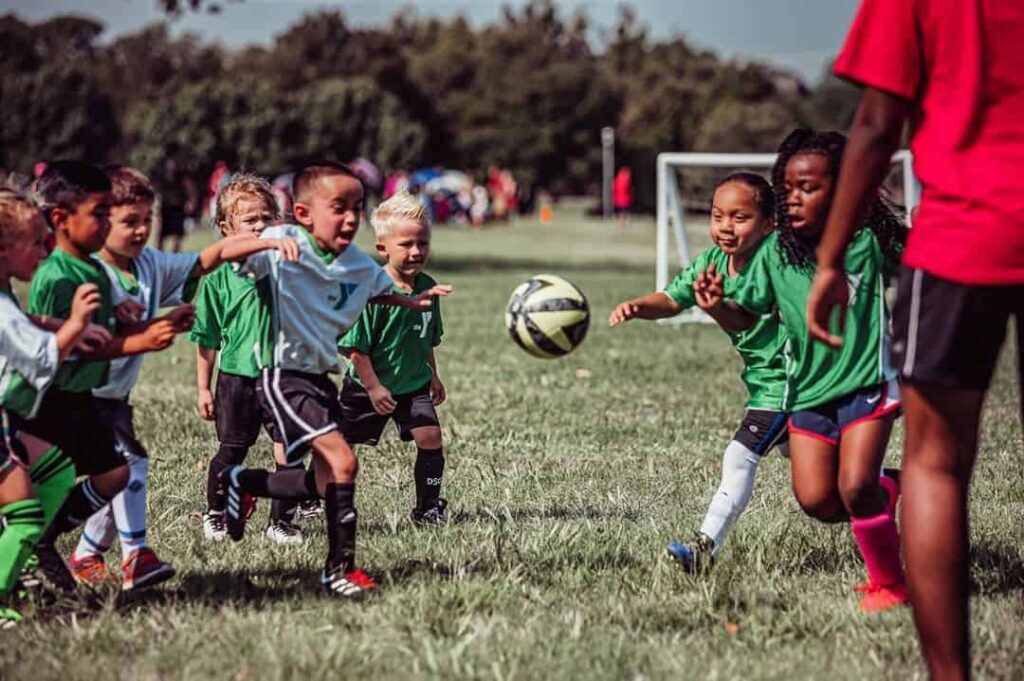
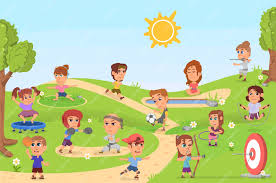
Competitive sports may not be for all, but playing can suit anyone of any age, size, race, creed, social status or gender. Over the past 4 decades the shift from outdoor to indoor games is so much. Previously most used to spend their time outdoors, but it has changed. Getting sunshine, playing outdoors also improve the bones and muscles during the formative years.
During the teen years, there is a hormonal imbalance as the transition from a child to a young adult is on. This leads to a loss of agreement to any advice given. Though they may be rebellious, they still look up to their parents as their role models and so as a parent, we need to cultivate their interest in physical activity. They usually love paying against their parents and wish to show they are stronger or fitter.
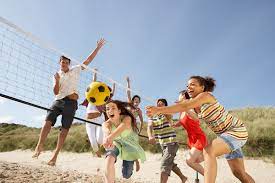
During this age, the pressures of studies and building up their future with (un)realistic expectations from the parents and peers may cause problems engaging in sports. While some may want to take part to show off their skills, others may engage for the sheer pleasure in doing so. Team sports are more favored, but in some countries individual sports such as chess ( a mental exercise), gymnastics, racquet sports such as tennis, shuttle badminton, table tennis, paddle, squash are encouraged. Many prefer going to the gym and doing heavy weights or HIIT.
For those in the 30`s, one may be juggling between the pressures at work, home, stress of bringing up kids, home relocation, commuting and so forth. Most are exhausted and find an excuse to be off any form of sports. However, Yoga, Pilates, Tai Chi, swimming , fishing are also very good as stress busters. All one needs at this age, is a group of like minded friends to motivate one another to get going. Running, jogging, walking, cycling, and working out in the gym are options.
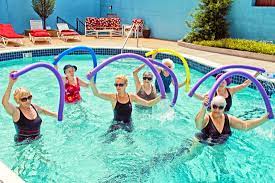
For those in the 40`s the enthusiasm may fade in the quest of settling down in life. The ability to recover from exercise induced exhaustion diminishes. One can still pursue the activities they did in the years earlier. They may take to dancing, aerobics, HIIT to maintain their physique or age. For those doing exercises regularly, those can be continued into this age too.
Among those in their 50`s, low impact exercises such as cycling, exercises in water or swimming will be better for those naïve to exercising. They can go ahead with Yoga, Pilates, Tai Chi, interactive physically demanding video games. Both men and women may undergo the hormonal swings due to the menopause or andropause.
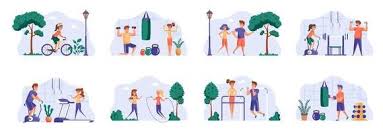
During this age, muscle mass may decline, strength may reduce and doing menial domestic tasks may be challenging due to the lack of using the muscles at all. The automation of chores or domestic helpers have negated the chances of and physical activity. One can do repetitions of small weights to help tone up their muscles, they must also help maintain balance, flexibility and posture. Resistance exercises also help in building up better bone health.
Among those in their 60`s or 70`s, taking on a new sport can be daunting. A medical check up may be necessary before planning on a serious program. However, hiking as a group, walking, jogging, swimming or water sports, Yoga, Pilates, Tai Chi , interactive video games can all help. Brisk walking uphill or downhill can help in endurance, balance, flexibility as well as build up the leg muscles and help in supporting the body. The muscles by the sides of the vertebral column ( paraspinal muscles) may become weak and acts like getting up from a chair or going up stairs may appear so difficult unless assisted. Walking football, walking netball, playing with grandchildren is a fun way to get active as well as build up social relationships.
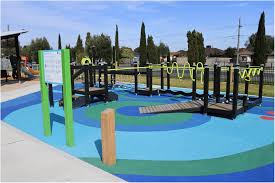
Exercise parks are a common place to enjoy the benefits of fresh air, socializing as well as getting the necessary activity.
Among those in their 80`s, the priority is for balance and core strength improvement. Postural imbalance when standing or getting up from the bed can be a frightening prospect. Loss of balance can occur at any age, but becomes more serious among this age population.











